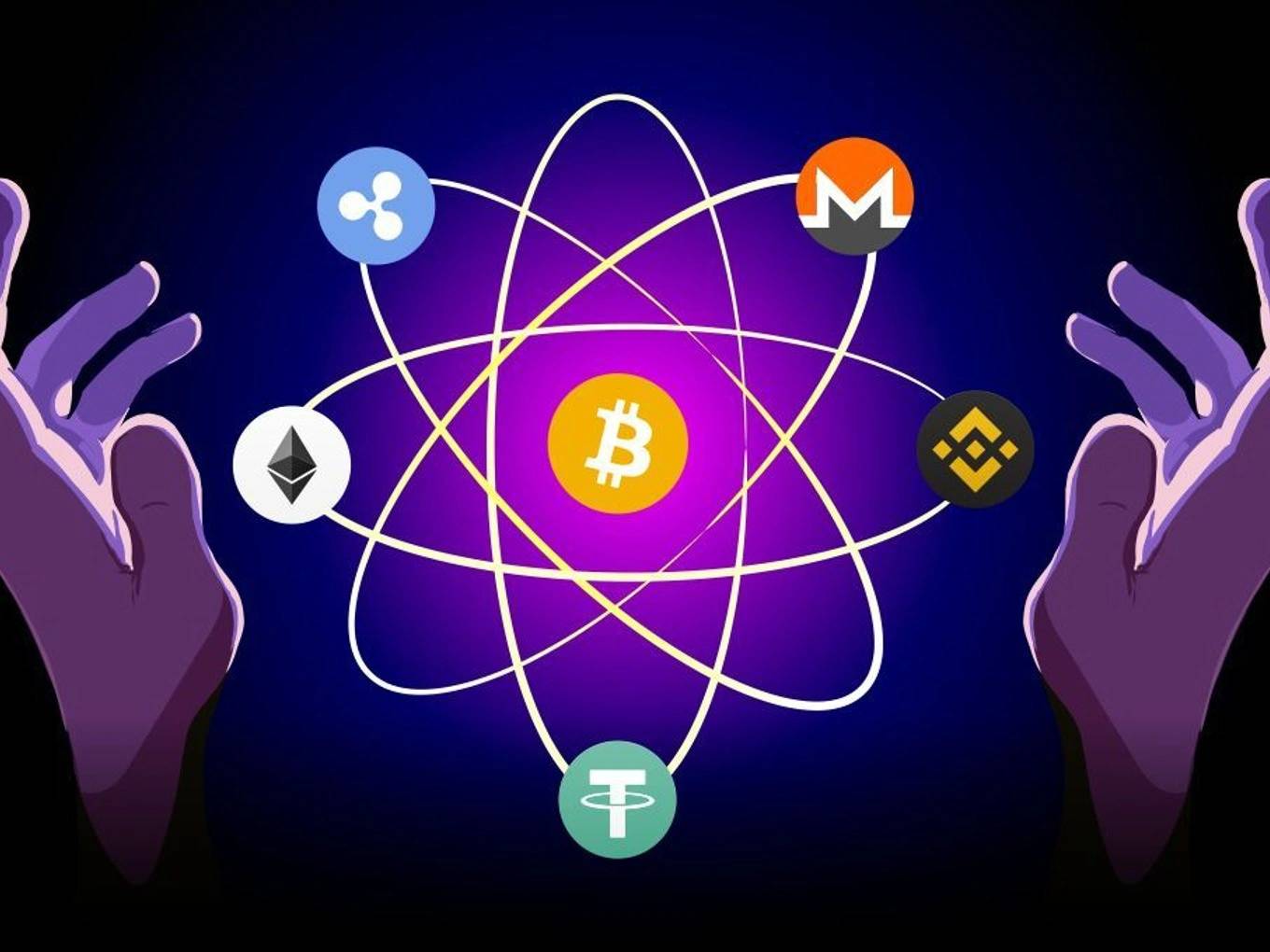위키 구독하기
Share wiki
Bookmark
Atomic Swap
에이전트 토큰화 플랫폼 (ATP):에이전트 개발 키트(ADK)로 자율 에이전트 구축
Atomic Swap
**원자 스왑(Atomic swap)**은 자동적이고 자체적으로 집행되는 암호화폐 교환 계약으로, 신뢰할 수 있는 제3자가 필요 없이 서로 다른 두 개의 블록체인에서 암호화폐 또는 디지털 자산을 P2P(피어 투 피어) 방식으로 거래할 수 있게 합니다. [1]
역사
원자 스왑은 2013년 Tier Nolan이 BitcoinTalk 포럼에서 처음 소개했습니다. Nolan은 서로 다른 유형의 블록체인에서 간단한 암호화폐 거래를 사용하여 블록체인 간 암호화폐 스왑에 대한 기본 원칙을 설명했습니다.[2] 원자 스왑 기술은 2017년 라이트코인(Litecoin)을 설립한 찰리 리(Charlie Lee)가 LTC/BTC 크로스체인 원자 스왑을 진행했다는 트윗을 통해 실현되었습니다. 그는 10 LTC(라이트코인(Litecoin) 유닛)를 0.1167 BTC(비트코인(Bitcoin) 유닛)로 교환했습니다. 그 이후로 많은 탈중앙화 거래소 플랫폼과 독립적인 거래자들이 암호화폐 거래에 이 기술을 사용하고 있습니다.[1] Atomic Wallet, Exodus, Liquality, Switcheo 등 블록체인 간 원자 스왑이 가능한 특수 암호화폐 지갑도 개발되었습니다.[6]
개요
"원자 크로스체인 스왑(atomic cross-chain swap)"을 줄인 원자 스왑은 거래소 플랫폼 없이 두 당사자가 서로 다른 암호화폐 또는 디지털 자산을 안전하고 신뢰할 수 없는 방식으로 직접 교환할 수 있게 하는 암호화 기술입니다. "원자(atomic)"라는 용어는 스왑의 불가분하고 비가역적인 특성을 나타냅니다. 즉, 전체 스왑이 완료되거나 전혀 완료되지 않아 거래에 참여하는 양 당사자 모두 잠재적인 위험이나 손실로부터 보호됩니다.[3] 어떤 의미에서 이 시스템은 암호화폐 사용자의 자율성을 보장하고 사용자가 서로를 알 필요가 없고 상대방 위험이 없는 신뢰할 수 없는 거래를 가능하게 합니다. 원자 스왑의 신뢰할 수 없는 P2P 특성으로 인해 진정으로 탈중앙화된 몇 안 되는 거래 기술 중 하나로 널리 여겨집니다.[4]
원자 스왑은 해시 타임락 계약(HTLC)을 사용하여 양 당사자가 약속을 지키도록 합니다. 이러한 계약은 다중 서명 거래 시스템을 사용하여 스왑 성공에 대한 양 당사자의 책임을 묻습니다. 이를 위해 해시락(hashlock)은 암호화 알고리즘을 사용하여 양 당사자가 각자의 거래에 서명한 후에만 자금에 접근할 수 있도록 하고, 타임락(timelock)은 특정 시간 내에 거래가 성공하지 못할 경우 양 사용자에게 자금이 반환되도록 보장하는 보험과 같은 역할을 합니다.[4]
원자 스왑은 암호화폐 거래소의 필요성을 없애기 때문에 중요한 블록체인 메커니즘으로 간주됩니다. 거래자는 중앙화된 거래 플랫폼의 인프라에 의존하지 않고도 블록체인 간 거래를 실행할 수 있습니다. 원자 스왑을 사용하면 중개자가 배제되므로 거래가 빠르고 저렴하며 보관 기반 거래소와 관련된 보안 사고가 발생하지 않습니다. 이러한 장점은 원자 스왑이 제공하는 자율성을 강조하며, 모든 거래가 개인 지갑에서 직접 이루어지므로 사용자에게 자산에 대한 더 높은 권한을 부여합니다.[6][2][1][3]
온체인 원자 스왑
온체인 원자 스왑은 각 통화의 블록체인에서 발생하며, 두 통화 모두 동일한 해싱 알고리즘을 사용해야 하고 HTLC를 지원해야 합니다. 2017년 9월 라이트코인(Litecoin)과 데크레드(Decred)는 최초로 성공적인 온체인 원자 스왑을 수행했습니다. 온체인 원자 스왑 거래는 완전히 투명하지만 제한적이며, 스왑 확인에 20분 이상 걸리고 비용이 많이 드는 네트워크 수수료가 발생할 수 있습니다.[2][5][7]
오프체인 원자 스왑
오프체인 원자 스왑은 기본 블록체인의 보조 노드 계층에서 발생합니다. 거래는 비공개적이고 즉각적이며 거의 무료입니다. 2017년 11월 비트코인(Bitcoin)과 라이트코인(Litecoin)은 라이트닝 네트워크(Lightning Network)를 사용하여 최초의 오프체인 원자 스왑을 실행했습니다.[2][5][7]
잘못된 내용이 있나요?
